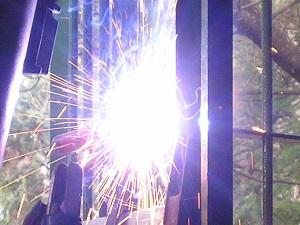
Manufacturier de presses hydrauliques

Welded components need to be put to the test to determine their durability in the face of extreme conditions. Will they be sound enough when the pressure is on? Find out with destructive testing, a standard materials-testing method to determine how parts will fare under abnormal working conditions.
This form of testing pushes a welded component—or its parts—to its physical limit. Once the piece breaks, the "failed pieces" are then analyzed to determine the quality of the weld. It can reveal poor fusion, weaknesses such as porousness or lack of fusion; or measure ductility, the property of metal that allows it to be hammered thin. Destructive testing can show the quality of a welder; many companies use this method to conduct welding procedure qualification or welder certification testing.
Such tests break and alter the structure of the welded component, and they aren't ideal for finding defects below the surface. However, destructive testing is highly economical and easy to do, and the results are simple to interpret, making it practical for welders who are still learning.
Several methods do not require elaborate machinery. Bend tests, for example, use commonly found equipment, such as hydraulic presses, which can provide the force needed for this type of material testing. In this application, a press is used to examine the quality of the metal at the face and root of a welded joint, or perhaps to measure the metal's ability to stretch, so to speak. Contact a hydraulic press dealer to find the model that will work for your needs and specifications.
Consider what aspect of the welded part you are evaluating to decide the type of destructive test to use. Other types of tests include free bend, guided bend, impact, etching, tensile testing, and nick-break.
By testing welded components, material weaknesses can be eliminated and high-quality, resilient parts can be created. Destructive testing is an invaluable method to avoid defects and to train welders to weld with integrity.